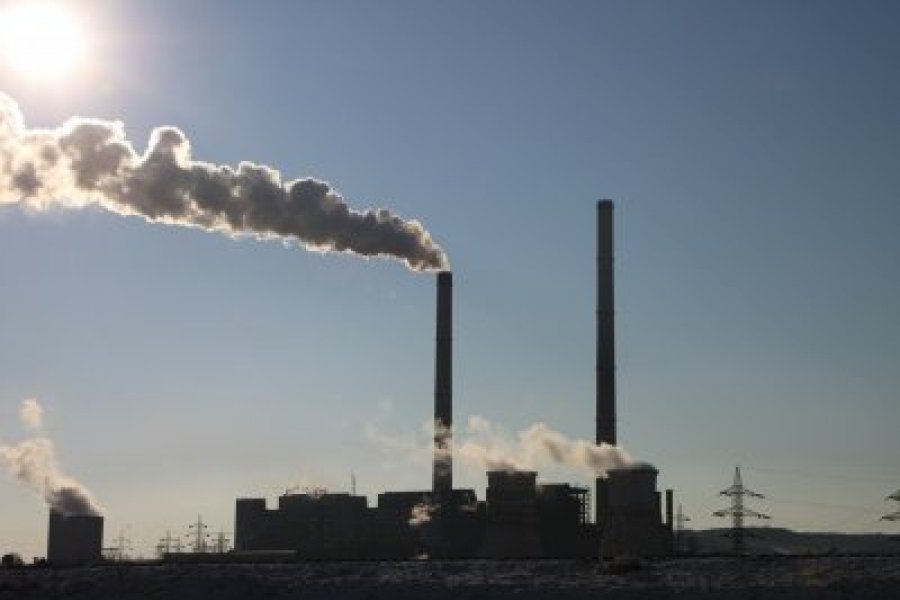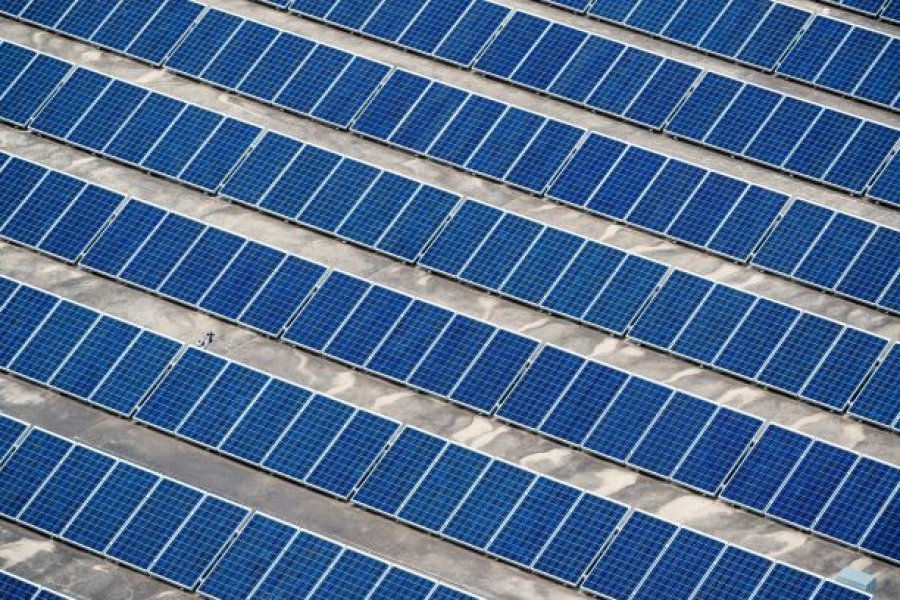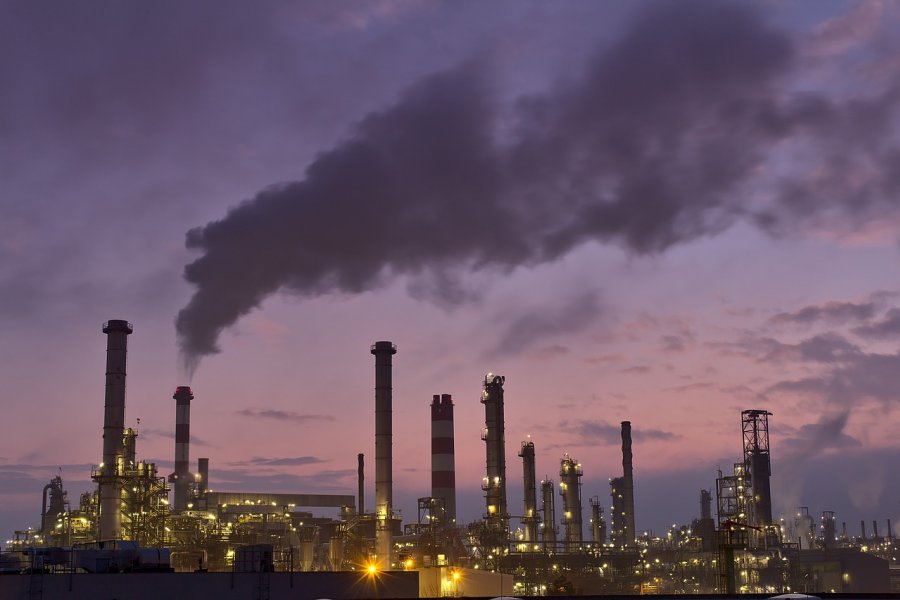Emissions trading based on a “cap & trade” system has proved to be an effective climate policy instrument, especially with appropriate certificate prices. Since 2005, this approach has been applied to much of the industry in the EU and it is being introduced elsewhere in more and more countries.
An upper limit is set for the total amount of greenhouse gases that can be emitted by the affected industrial plants. The upper limit is reduced over time so that the total emissions decrease.
Within the cap, companies receive or buy emission allowances that they can trade when needed. Limiting the total number of available certificates ensures that they have a value.
Every year, a company has to have its emissions from the previous year reported and verified, and has to cancel a corresponding number of certificates. Otherwise, high fines will be imposed. If a company reduces its emissions, it can keep the surplus allowances to meet its future needs, or sell them to another company that lacks the certificates.
Trade brings flexibility, which ensures that emissions are reduced where costs are lowest. A robust carbon price also encourages investment in clean, low-carbon technologies.
(Based on ec.europa.eu/clima/policies/ets_en)




